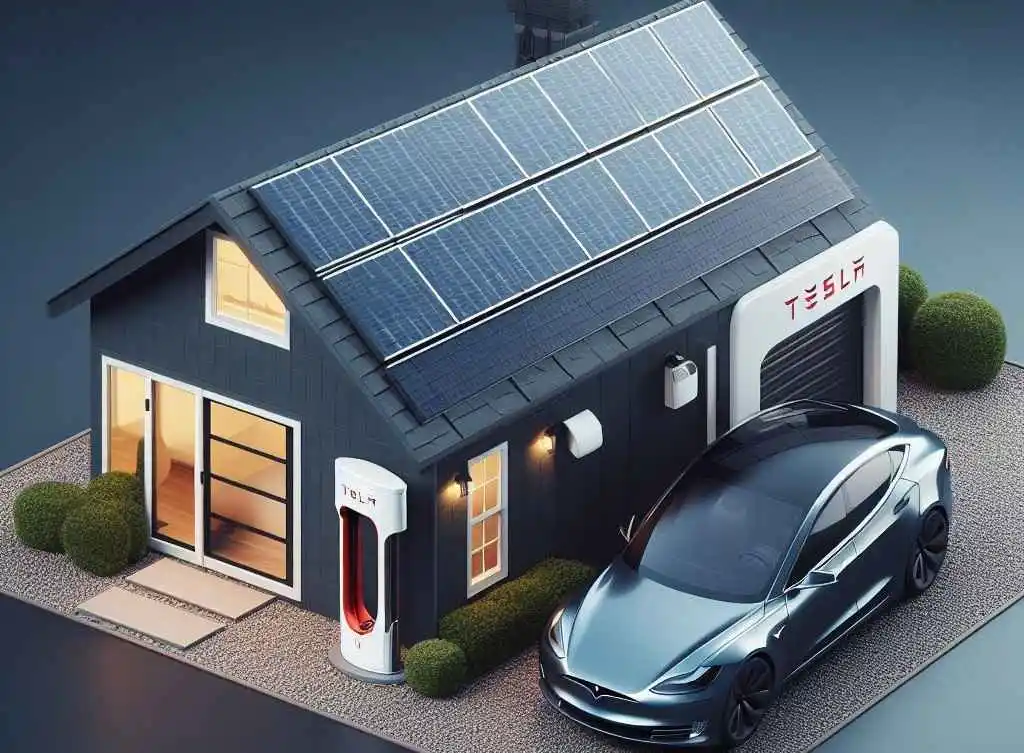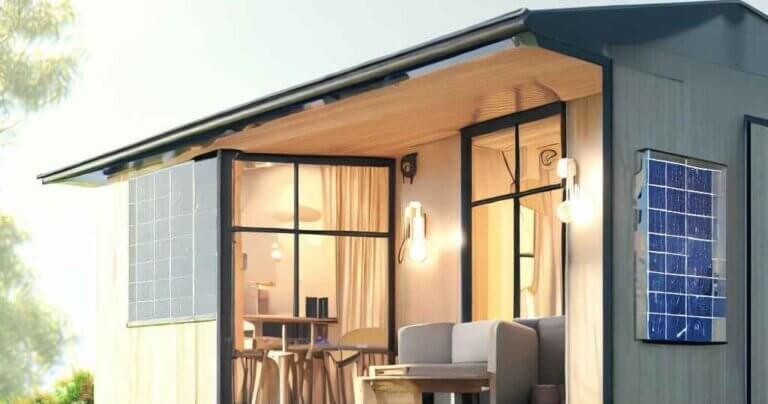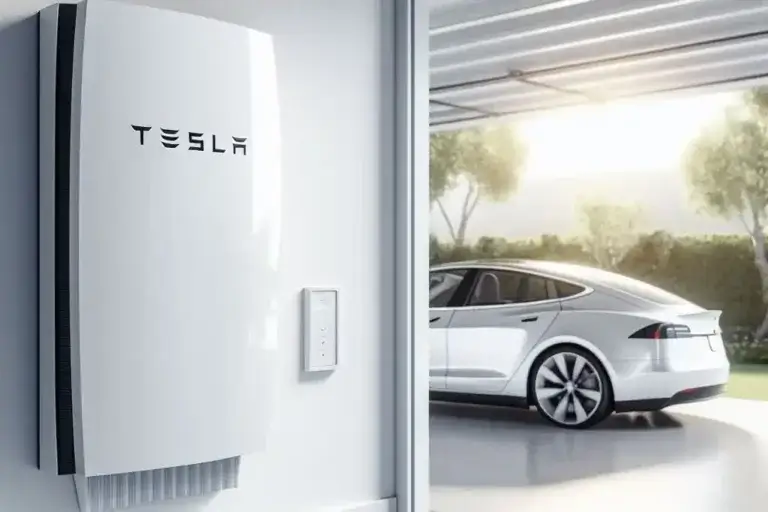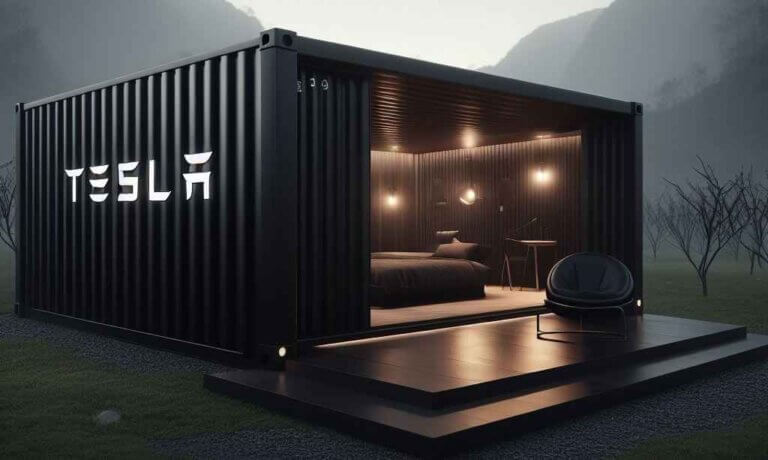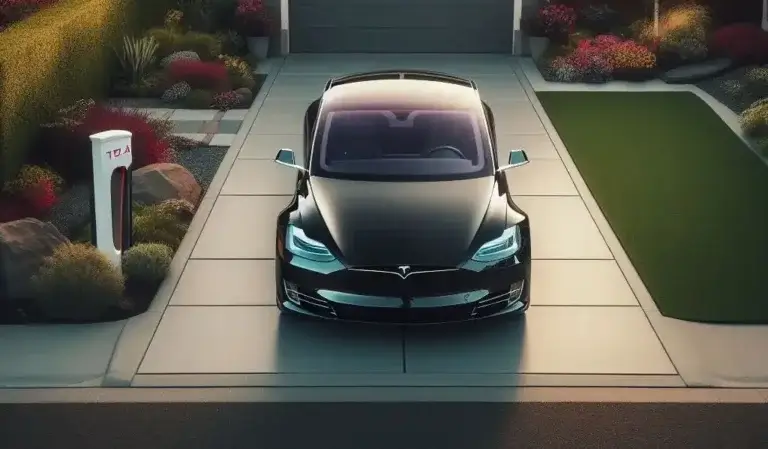Can Tesla Powerwall Be Installed Outside? A Complete Guide for Inside or Outside Powerwall Installation
Installing a Tesla Powerwall can provide homeowners with an efficient way to store energy from solar panels or the grid to power their homes. One common question among potential buyers is whether the Powerwall can be installed outside or if it must be mounted indoors. In this comprehensive guide, we’ll cover everything you need to know about outdoor Powerwall installation.
An Introduction to the Tesla Powerwall
The Tesla Powerwall is a rechargeable lithium-ion battery system that allows homeowners to store energy generated from solar panels or pulled from the grid. Powerwalls come in different storage capacities, with the most recent Powerwall 2 having 13.5 kWh or 7 kWh options.
The Powerwall system includes the floor-mounted battery unit, wiring and connectors, a backup gateway, and software to monitor energy usage. It serves as an emergency power backup to power your house in the event of an outage. The stored energy can also be used daily to reduce electricity bills.
So how does the Powerwall work? It charges using electricity generated from solar panels or from the grid when utility rates are low. Then the stored energy is used to power your home and appliances, reducing the amount of electricity you need to pull from the grid. Any excess solar energy can also be stored in the Powerwall instead of being sent back to the grid.
Is the Tesla Powerwall Designed for Outdoor Installation?
Now to the main question – can you install a Tesla Powerwall outside? The Powerwall is designed primarily for indoor installation, usually mounted on a wall or in a basement. However, with proper precautions, the Powerwall can be installed outside.
Tesla recommends installing the Powerwall indoors because it has a self-contained thermal control system to regulate battery temperature in indoor ambient conditions. Extreme hot or cold temperatures outdoors could impact the performance and lifespan of the battery.
However, Tesla’s support page notes that “Powerwall 2 can be installed safely either indoors or outdoors as long as the installation location meets Powerwall site requirements.” We’ll go over these site requirements later on.
So while indoor installation is preferred, outdoor installation is possible as long as certain conditions are met. Installing outside may make sense if you have limited space indoors or want easier access for maintenance. You’ll just need to take some extra precautions.
Benefits of Installing the Tesla Powerwall Outside
While the Powerwall is primarily designed for indoor use, there are some unique benefits to placing it outside:
- More installation placement flexibility – An outdoor site gives you more flexibility in finding a suitable spot at your home. This is especially helpful if you have limited indoor space.
- Easier access for maintenance – With outdoor installation, the Powerwall will be easily accessible for any required maintenance. Indoor units in basements or storage rooms can be harder to access.
- Cooler operating temperatures – While extreme cold or hot temps are bad, a unit in a covered outdoor spot may maintain a temperature that’s closer to the optimal range for battery performance and longevity.
- Promotes renewable energy use – Positioning the Powerwall closer to any solar panels promotes greater utilization of the renewable energy you’re generating. The proximity minimizes energy lost in transmission.
So if you have the option based on your home’s layout, an outdoor Powerwall could be an appealing choice. You just need to address the installation challenges that come with placing it outside.
Powerwall Outdoor Installation Requirements and Planning
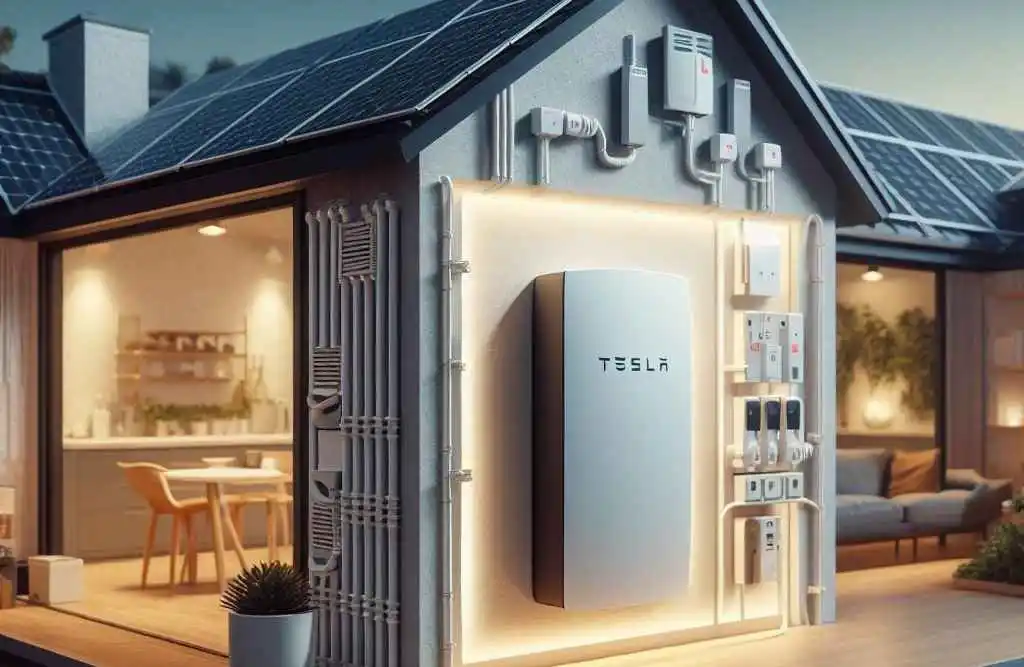
If installing your Powerwall outdoors, either on an exterior wall or detached ground mount, there are some key requirements to consider:
Site location:
- The Powerwall must be shielded from direct sunlight and rain exposure in an area with good airflow. A covered porch, carport, or garage are suitable spots.
- Don’t install in a flood-prone area.
- Ensure the mounting surface and foundation can support over 250 pounds for safe installation.
- The site should maintain a moderate temperature range between -22°F and 122°F (-30°C and 50°C).
- Choose a spot at least 2 feet from walking paths, doors, windows, or areas where items could bump or fall onto the system.
- Position the Powerwall within 3 feet from its wiring connection to your home’s electrical panel. Farther distances require thicker, more expensive wires.
- Try to install close to any solar panels to maximize use of the renewable energy.
Precautions:
- Take necessary precautions to protect the Powerwall from dust, moisture, debris, or pests that could enter an outdoor enclosure.
- Ensure the unit will comply with any local regulations. Permits or inspections may be required for outdoor structures.
- Have a licensed electrician install a weatherproof outdoor-rated enclosure around the Powerwall if mounted outside. This provides an extra protective barrier.
Electrical considerations
- Electrical connections must meet local codes and Tesla’s requirements. Only certified electricians should install power wall electrical components.
- Conduit should be used for all wires leading outdoors from the Powerwall area to the home interior panel connection. NEMA-rated enclosures should surround connections.
Aesthetics
- While not required, you may want to build a decorative housing or concealing structure around the outdoor unit. This can make the Powerwall setup more visually appealing externally.
So while indoor mounting is most common, you can place a Powerwall outside with careful planning and preparation. The work is well worth it for the benefits outdoor installation provides.
How to Install a Tesla Powerwall Outside: Step-by-Step Guide
Once you’ve selected an appropriate outdoor site for your Powerwall, the installation process involves several key steps:
- Install the mounting bracket – The wall-mounted bracket that supports the Powerwall unit needs to be securely fastened to your home’s exterior wall framing or other foundation. Refer to Tesla’s documentation for exact mounting specifications.
- Set up protective housing – Install a weatherproof NEMA 3R-rated enclosure or small shed container around the Powerwall bracket location. This housing protects the unit from weather elements year-round. Ensure airflow vents do not point in the direction of prevailing winds or rain.
- Install conduit for wires – Run plastic or metal conduit from the Powerwall enclosure to the indoor panel connection site to house and protect electrical wires.
- Connect wires – Safely connect the Powerwall wires leading back to your electrical panel. Follow all electrical codes for outdoor wiring and connections in your area.
- Add supplemental cooling – While optional, installing small cooling fans to vent hot air or radiant barriers to block sun heating in the Powerwall housing can help regulate battery temperature.
- Install the Powerwall – With all wiring pre-run, you can directly mount the physical Powerwall unit onto the wall bracket within its protective housing.
- Commission the system – Finally, your electrician will complete safety checks and commissioning to activate the Powerwall. Register the device so you can monitor performance remotely.
And that’s it! While seemingly complex, an experienced electrician can safely oversee the outdoor Powerwall installation process while you reap the rewards.
Outdoor Installation Examples: Ground Mount or Wall Enclosure
Installing your Tesla Powerwall outside has two primary options – mounting on an exterior wall or freestanding ground placement:
Exterior Wall Mount
This method secures the Powerwall mounting bracket directly to an outdoor section of your home’s wall framing. A weatherproof enclosure is then built around the wall-mounted unit. Wall mounting is best for easier access to indoor wiring connections.
[Diagram showing Powerwall mounted on outdoor wall with protective enclosure]
Considerations for outdoor wall mounts:
- Select a wall in a covered area protected from sun, wind, and rain exposure
- Reinforce wall framing to support 250+ pound battery
- Build an enclosure with weather sealing, ventilation, cooling fans, and insulating qualities
- Provide 3 feet or less distance to electrical panel wire entry point
Freestanding Ground Mount
Alternatively, the Powerwall can be installed on a ground-mounted platform away from the home exterior walls. This gives you more placement flexibility but requires protective housing and underground wiring.
Key factors for ground mount installations:
- Pour concrete footer and platform sized for Powerwall and housing structure
- Run conduit underground over to household electrical panel entry point
- Build a weatherproof and insulating enclosure around the battery platform
- Add cooling and ventilation systems to the enclosure
- Ensure the unit meets regulatory requirements for outdoor installations
As you can see, with thoughtful planning and construction considerations, Powerwalls can be successfully installed outside.
FAQs on Outdoor Powerwall Installation
We’ve covered a lot of key information about outdoor Powerwall placement. To wrap up, here are answers to some frequently asked questions:
Is it cheaper to install a Powerwall outside?
Outdoor installation costs are comparable to indoor placement. Extra work is required for weatherproof housing and conduit, while indoor mounts may need basement finishing.
Can you install multiple Powerwalls outside?
Yes, you can install multiple Powerwall batteries together on an exterior wall bank or ground-level platform. Additional wiring, conduit, housing space, and electrical capacity must be factored in.
Is an outdoor Powerwall weatherproof?
The Powerwall itself is not weatherproof. It relies on aftermarket protective housing, sealed conduit, and careful site selection to withstand outdoor elements.
How long do Powerwall batteries last outside?
When kept in Tesla’s specified temperature range and protected from weather, Powerwalls operate as efficiently outside as indoor units. Outdoor units should meet the 10-year expected lifespan.
Can you bury a Powerwall underground?
Tesla does not recommend underground installation. The system depends on airflow for cooling. An above-ground weatherproof enclosure is best for outdoor mounting.
Can I self-install an outdoor Powerwall?
All Powerwall installations, indoor and outdoor, require a licensed electrician. Extensive wiring, codes/permitting, multiple trades, and high voltage make DIY extremely unsafe.
Conclusion
Installing your Tesla Powerwall battery outside can provide unique benefits compared to default indoor mounting, but does require extra planning and protective enclosures. With smart home integration, Powerwalls give you resilient renewable energy storage for power outages while also saving money on daily electricity.
As you assess if and where to install your Powerwall, weigh the pros and cons of an indoor vs outdoor placement. If firing ahead with an outdoor installation, closely follow Tesla’s siting guidelines and work with experienced tradespeople. With careful installation and maintenance, an outdoor Powerwall with custom housing can safely provide power resilience for your home.

